What is Systemic Lupus Erythematosus (SLE) and Rheumatoid Arthritis?
Systemic Lupus Erythematosus (SLE) and Rheumatoid Arthritis are both autoimmune conditions in which the immune system attacks healthy tissue, causing inflammation in the body. They also share some of the symptoms, and it is possible to have both lupus and rheumatoid arthritis at the same time. Lupus nephritis is one of the frequent complications in people who have systemic lupus erythematosus — more commonly known as lupus.
What is Systemic Lupus Erythematosus?
Systemic Lupus Erythematosus is a disease that can affect multiple areas of the body, including the joints, skin, and internal organs. People with Systemic Lupus Erythematosus usually have an hyperactive immune system that attacks healthy tissues to cause inflammation. As the inflammation travels through the body, various tissues and organs can become inflamed. Systemic Lupus Erythematosus shows its affects differently in the person that means it is difficult to predict which areas of the body will become inflamed.
What are the specific symptoms of Systemic Lupus Erythematosus?
- Painful or swollen joints
- Fatigue
- Swollen hands, feet, or around the eyes
- Headache
- Low fever
- Sensitivity to sunlight or fluorescent light
- Pain in the chest during deep breathing
People may also have symptoms relating to the skin or hair:
- A butterfly-shaped rash across the cheeks and nose
- Hair loss
- Ulcers or sores in the mouth or nose
- Numbness or change in color of fingers and toes when cold or stressed
What is Rheumatoid Arthritis?
Rheumatoid Arthritis is an autoimmune disorder where the immune system attacks the synovium, which is the lining that covers joints. This disorder causes inflammation and prevents the synovium from working correctly to lubricate the joints and maintain a normal alignment. In turn, joints can be damaged and become unstable, leading to pain, stiffness, and restriction of normal movement.
What are the specific symptoms of Rheumatoid Arthritis?
Symptoms of Rheumatoid Arthritis include:
- Pain, stiffness, or swelling in the joints for 6 weeks or more
- Symmetrical symptoms in the same joints on both the left and right sides of the body
- Symptoms occurring in smaller joints first, such as the hands, wrists, and feet
- Fatigue (lack of energy)
- Low fever
- Stiff joints in the morning lasting for 30 minutes or more
- Multiple joint involvement
What is the treatment procedure for Systemic Lupus Erythematosus (SLE) and Rheumatoid Arthritis?
Systemic Lupus Erythematosus (SLE) and Rheumatoid Arthritis both the conditions can be treated with medications. Physical therapy, regular exercise, and rest can also help to support the joints and ease stiffness.
For Systemic Lupus Erythematosus (SLE): The range of medications to help manage SLE symptoms includes:
- Antimalarial drugs, such as hydroxychloroquine, to help manage fatigue, lupus-related arthritis, rashes, ulcers, and help prevent lupus flares
- Corticosteroids, such as prednisone, and immunosuppressants, such as azathioprine, to suppress the immune system and treat symptoms affecting internal organs and the central nervous system
- Non-steroidal anti-inflammatory drugs (NSAIDs), to decrease inflammation and relieve pain
- Biologics, such as belimumab, to treat lupus in adults and children
Treatment for Rheumatoid Arthritis can include medications, such as:
- NSAIDs, to reduce pain and inflammation
- Disease-modifying antirheumatic drugs, to slow down joint damage
- Corticosteroids, to reduce pain and inflammation

